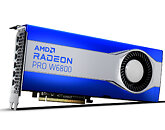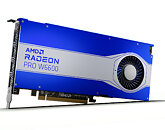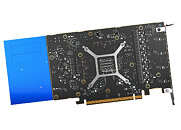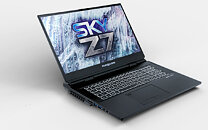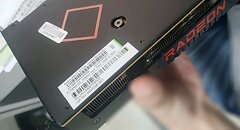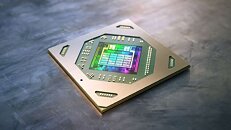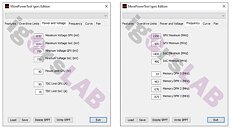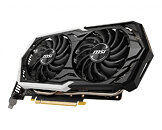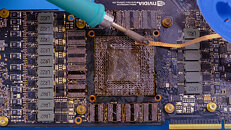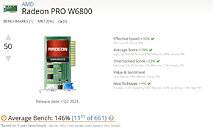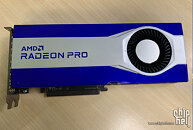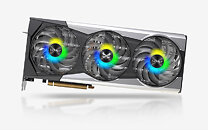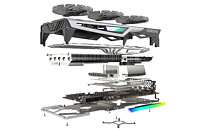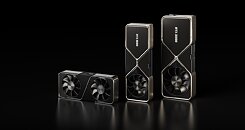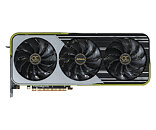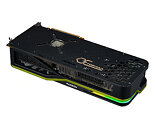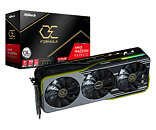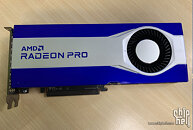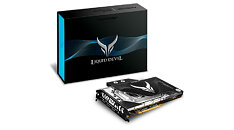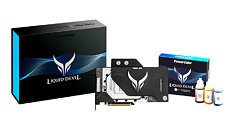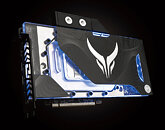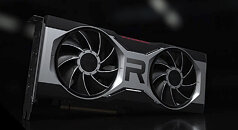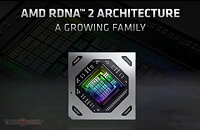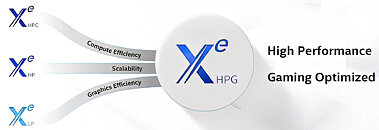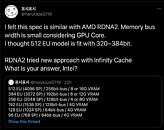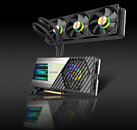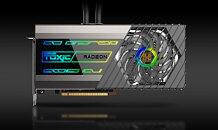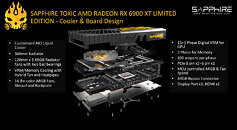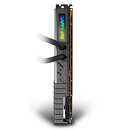
AMD Announces Radeon PRO W6000 Series Professional Graphics Cards Based on RDNA2
AMD today announced the AMD Radeon PRO W6000 series workstation graphics, delivering exceptional performance, stability and reliability for professional users. The new graphics products were designed and optimized to power demanding architectural design workloads, ultra-high resolution media projects, complex design and engineering simulations, and advanced image and video editing applications.
Built on award-winning AMD RDNA2 architecture, the foundation of next generation, high-powered PCs, laptops and many of today's game consoles, the new product line features the AMD Radeon PRO W6800, the fastest AMD RDNA workstation graphics card ever. It also includes the AMD Radeon PRO W6600 graphics card, meticulously engineered for ultra-high performance workflows, and the AMD Radeon PRO W6600M GPU, designed to power professional mobile workstations.
Built on award-winning AMD RDNA2 architecture, the foundation of next generation, high-powered PCs, laptops and many of today's game consoles, the new product line features the AMD Radeon PRO W6800, the fastest AMD RDNA workstation graphics card ever. It also includes the AMD Radeon PRO W6600 graphics card, meticulously engineered for ultra-high performance workflows, and the AMD Radeon PRO W6600M GPU, designed to power professional mobile workstations.
